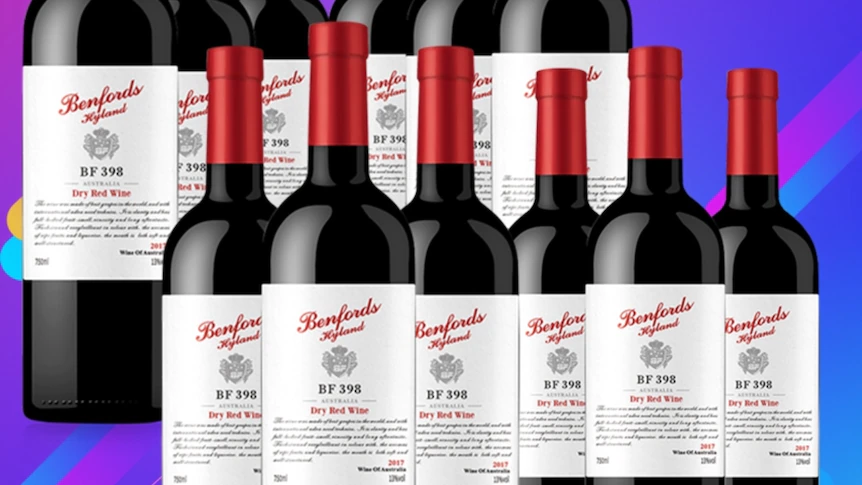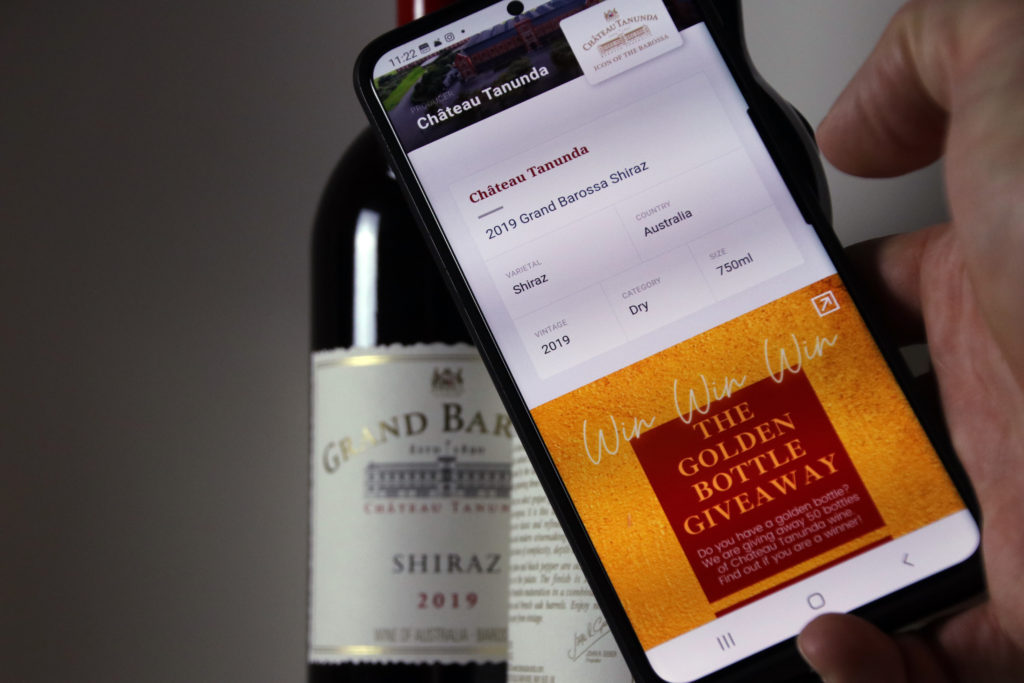With counterfeit goods on the rise globally it has never been more important to protect your brand, products and customers. Authentication solutions like Cellr combine connected packaging and bespoke software to provide brands with product security on a global scale.

Today’s consumer is overwhelmed with options, which is why a brand’s reputation plays a critical role in their purchasing decisions. While globalisation opened doors to new markets, it also created challenges for businesses to manage their supply chains, and strengthened the counterfeit market. Knock-off and counterfeit products not only reduce a brands profit margin, they can also have a significant negative impact on the brands image.
A lot goes into building a brand and making a quality product. That’s why connected packaging companies like Cellr have set out on a mission to provide producers the ability to identify their legitimate products anywhere, anytime.
Connected Packaging for Product Security
Connected packaging includes things like NFC chips (near field communication) and QR codes, which can be embedded in products or applied to their packaging. This digitally activates each unique product so it can be interacted with via smartphones. Cellr’s authentication solution combines these connected packaging technologies with bespoke security software that enables customers to authenticate their products.
Brand protection solutions like Cellr offer a range of security and authentication techniques tailored suit each brands needs. Cellr’s solution focuses on the following authentication methods:
- Proof of Provenance
- Fraud Prevention
- NFT and Blockchain integration

Proof of Provenance
Proof of provenance through connected packaging is simple to implement and is extremely scalable thanks to brand protection solutions like Cellr. It’s a great option for brands producing in large quantities, or looking to enter and engage new markets.
Providing proof of provenance, or authenticity, to customers not only protects a brand but enhances the customers experience with the product. It means that when a customer receives their product, they are able to determine its authenticity and where it came from. This can be as simple as confirming it was produced by the brand, but can also show where the product originally came from.
There are many ways to provide proof of provenance, but one of the easiest and most reliable ways is via a digital NFC chip. NFC chips can be embedded into a product, under the label or stuck on top as a sticker. What makes NFC the most reliable way to provide authenticity is that each chip is unique and irreplicable. This means that counterfeiters can’t copy them, like they can with other connected packaging options like QR or trustmarks. Cellr NFC even provides brands the ability to create customer engagement experiences in addition to product authentication.
Complete Fraud Prevention
Providing proof of provenance doesn’t completely protect a brand’s products from being compromised by counterfeiters. For luxury goods that are prone to counterfeit, complete fraud protection solutions are more appropriate.
The level of product protection is determined by the method used to install the NFC chip on the product. For high volume brands, often it isn’t feasible to embed the NFC chips into products, making cosmetic NFC stickers or labels a better option. The lower prices these products fetch deter counterfeiters, as it wouldn’t be worth the effort it would take to remove and reapply the NFC stickers to their knockoffs. However when it comes to expensive goods, like rare wine or designer handbags it’s a whole other story.
Cellr provides complete brand protection through embedding NFC chips within these products in a way that doesn’t compromise the appearance. With 30% of the wine sold in the world estimated to be fake, Cellr created a covert solution embedded in the lid of a wine bottle. The embedded NFC chip not only authenticates the wine to consumers, but also prevents tampering altogether.
The NFC chip Cellr uses in their bottle lids contains sensors that can detect if the bottle has been opened or tampered with down to a pin-prick in the lid. It is then communicates whether or not the bottle has been compromised to customers when they scan the lid with their smartphones. It also notifies the producer when each unique bottle has been opened as well, enabling them to keep track on their end as well.
For wine, this means counterfeiters can’t sell refilled bottles or create fraudulent copies anymore. However, this level of product protection can be applied across a number of products and industries.
NFT and Blockchain Integration
While authentication companies like Cellr provide their own tamper-proof software, they also integrate with the latest NFT and Blockchain technologies.
When combined with Cellr’s connected packaging solutions, NFTs provide brands with the ability to deliver a unique and memorable authentication experience. When a customer purchases a product they could receive an NFT in any from from authentication certificates, a digital twin of the product or a rare digital experience. For this reason NFTs are also a particularly appealing form of security for products that have a secondary market. Not only do they provide a digital record of the product’s ownership, but can even enable sellers to earn a percentage of its future sales based on the transfer of ownership through a smart contract.
If you want to learn more on how you can protect your brands, get in touch with Cellr today and email hello@cellr.co.
